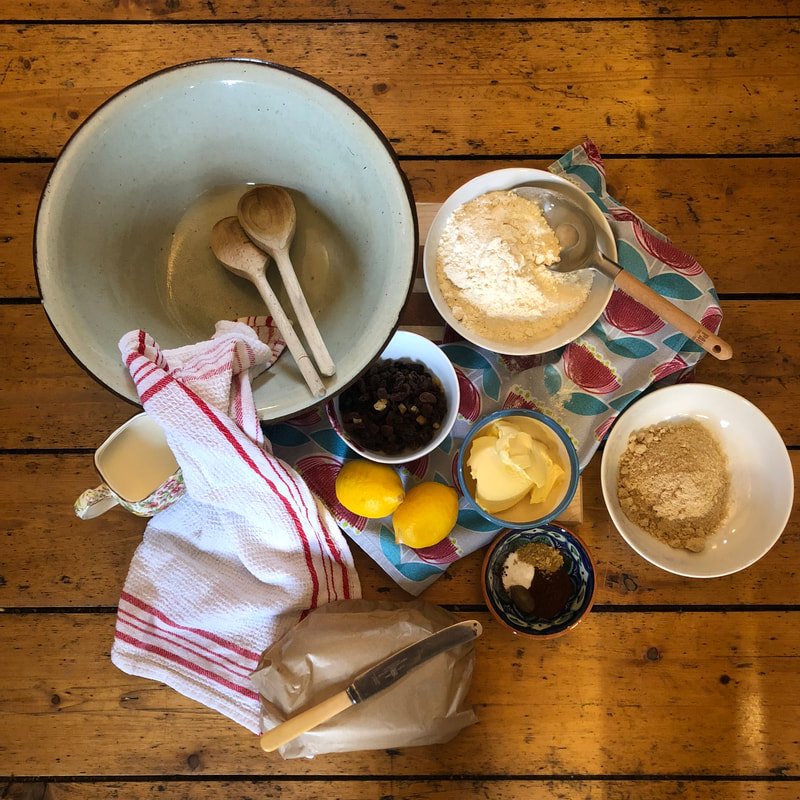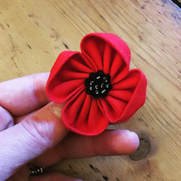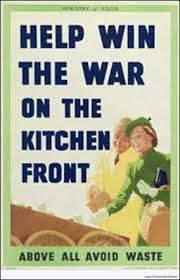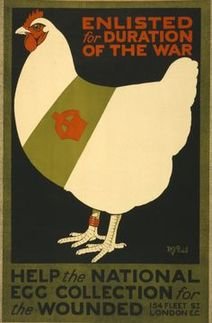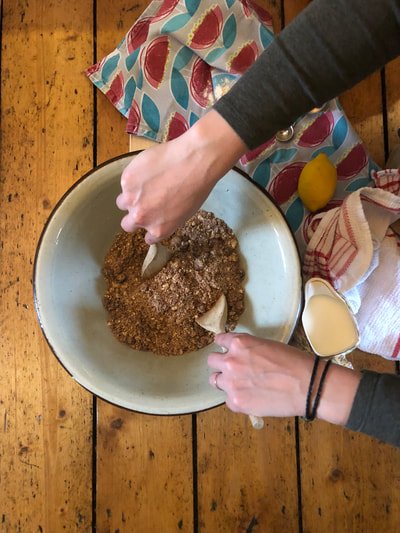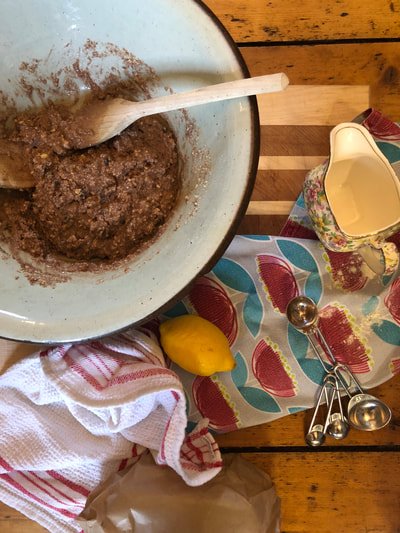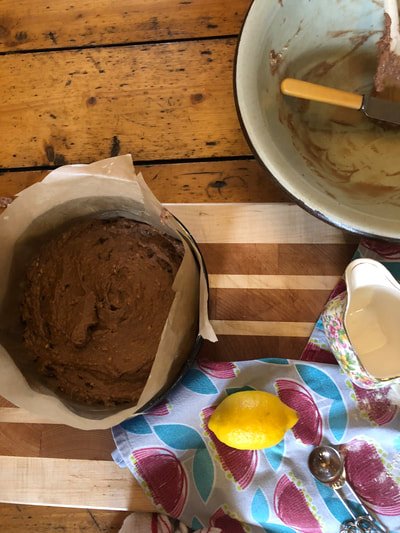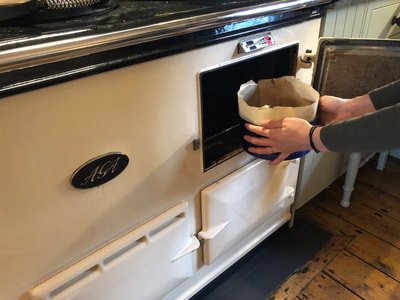A recipe for Trench Cake: Remembrance Day thoughts
Ingredients all laid out with Granny Eliza's earthenware mixing bowl
On 11th November 1918 after four long years, the guns stopped, marking the end of the First World War, and this Sunday marks the centenary and the signing of the Armistice agreement. This blog is peppered with remembrance, thanks a big helping of family history.
War had ravaged Europe and to keep up the morale of troops fighting for King and country, women sent parcels to those fighting on the front line. These parcels provided a taste of something from home, away from the endless tins of bully beef, Maconchies stew and dry biscuits - a staple of trench food throughout the war years.
Items sent to the frontline usually contained tobacco, woolens such as socks and mittens and something sweet to eat; cake or chocolate, as well as a much-anticipated letter from a loved one. Frequently sent from the kitchens of Britain was Trench Cake’
Trench Cake
Trench cake, a home-made fruit cake has its roots in the kitchens of the First World War. The recipe, released by the Ministry of Food used ingredients which were readily available.
In order to make a cake, you've got to break eggs... or not, in this case.
At the time, it was often difficult to get ingredients so the recipe contained no eggs, and a combination of vinegar and baking soda were used to give the cake rise. During the war it was expected that every hen should be 'on active service' and anyone keeping poultry were expected to send their eggs to military hospitals so that they could be given to wounded servicemen to assist with convalescence.
I was keen to find out how this cake, baked with love, and sent across the Channel actually tasted and how easy it was to make…
First World War trench cake
Recipe:
½ lb flour
4oz marg.
1 tsp. vinegar
¼ pint milk
3oz brown sugar
3oz currants
2 tsp. cocoa
½ tsp. baking soda
½ tsp. nutmeg
½ tsp. ginger
Grated lemon rind
Method:
-Rub margarine into the flour
- Add the dry ingredients
- Mix well
- Add the soda, dissolved in vinegar and milk
- Beat well
- Turn mixture into a tin
- Bake in a moderate oven for approximately 2 hours
(Note: The cake took 1 hour in my oven)
The cake
The process was simple enough, the ingredients today, also easy to get – everything it called for was in the cupboard so the whole operation could be done on Saturday morning, in my pyjamas, without having to leave the house - even better.
On doing my homework, I discovered that one complaint was that the cake could be a bit dry, however, I found the mix itself to be very wet – in fact I questioned whether it would ever cook! Yet the cake, once cooled was wonderfully moist and the texture and consistency was good. It was maybe not up to the standards of the
Great British Bake Off
but I do think that Mary Berry would have given it the seal of approval, and it may have perhaps earned a famous Hollywood handshake (...maybe)!
Granny’s mixing bowl
A few months ago, I was given my great-great grandmother’s earthenware mixing bowl, one of her few personal possessions which has been passed down through the generations. She was called Eliza Johnson (nee Fraser) and came, originally, from the island of Papa Stour on the west coast of Shetland. Granny Eliza (as I'm calling her) was born in 1878, married George and had six children, including my great-granny Barbara, or Grandmam as I knew her. All the children were born between 1910 and 1921 – Grandmam herself born in 1916, just two years into the war, so it seemed fitting that I use this bowl, which was itself in ‘active service’ during the war years to make the trench cake.
Helping hands in the kitchen
It's difficult not to become nostalgic when thinking about the past, and how our ancestors lived. Whilst mixing up the ingredients, I wondered whether Granny Eliza had made trench cake in this bowl and whether Grandmam had also licked the spoon clean as my daughter, Lena (2) did. Perhaps they too worked together in their busy kitchen in Voe, mixing up cakes as Lena and I did on that rainy Saturday morning in November.
Lena, scraping the last of the cake mix from her great-great-great grandmother's mixing bowl
And as I write this, and reflect on the centenary of the First World War, I hope that you, the reader, will also stop for a moment and take a minute out of your busy lives to remember the lives lost, changed and affected by this war, and how our great-grandparents fought in the trenches, and in the kitchens to give us the freedoms we enjoy today.
Lest we forget.

